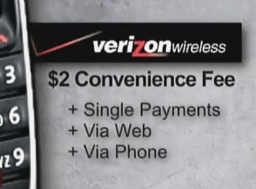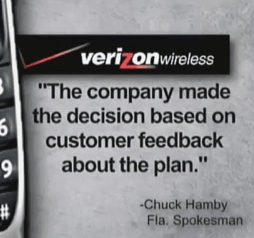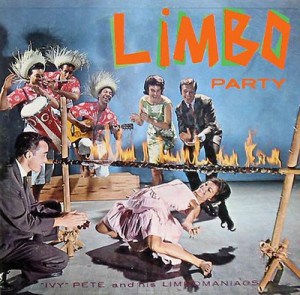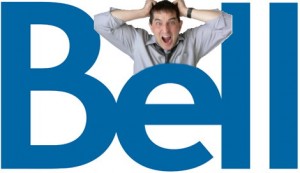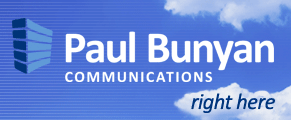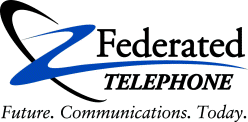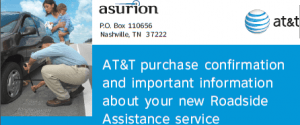 AT&T Mobility has agreed to refund Florida wireless customers for a $2.99 Roadside Assistance Plan many never signed up for and didn’t want.
AT&T Mobility has agreed to refund Florida wireless customers for a $2.99 Roadside Assistance Plan many never signed up for and didn’t want.
An agreement with Florida Attorney General Pam Bondi could net full refunds for as many as 600,000 Florida customers who discovered they were enrolled in the add-on plan. The agreement requires AT&T to fully refund all charges for those who didn’t ask for the plan and never used it.
“All customers who paid for unwanted services deserve to be made whole, and we have guaranteed that AT&T Mobility will fully refund their money,” the Attorney General said. “Additionally, AT&T Mobility must notify customers via text message of added charges and service cancellation procedures.”
Specifically, AT&T will send a text message to customers five days after enrolling in the option confirming forthcoming charges. The message will include cancellation instructions.
Customers complained AT&T automatically enrolled them in a 30-day free trial of Roadside Assistance without their knowledge or consent and began charging them for the service when the trial expired. Some claim they were never given notification of the trial and assumed the charges were part of their cellular service.
In addition to full refunds for Florida customers, AT&T Mobility will:
- Provide prepaid telephone cards with a face value of $550,000 for donation to members of the U.S. military;
- Donate $10,000 to the Florida Law Enforcement Officer of the Year program;
- Pay $1.2 million to the Attorney General’s Office for future enforcement and attorneys’ fees and costs.
Impacted customers will be notified by postcard or letter with further details about the AT&T settlement at a future date.
[Updated 12:35pm EDT 3/21/2012: Please note Stop the Cap! is in no way affiliated with AT&T. Readers have been leaving comments attached to this article requesting removal/refunds for the Roadside Assistance program. We are not AT&T so we cannot handle these requests. We recommend you scrutinize your AT&T monthly bill and look for a $2.99 charge labeled “Roadside Assistance.” If you see this on your statement, you -are- being billed for this feature. If you do not see it specified, you are not being billed for it.
Those who have been charged should call AT&T customer service at the number shown on your bill.
We recommend you follow this procedure:
- Tell AT&T you never requested this feature.
- If you have never used this service, ask AT&T to retroactively credit you for -ALL- charges billed to your account all the way back to the first month you were billed for them. This would appear as a credit on a future AT&T invoice.
- Make sure AT&T removes future charges from your bill as well.
At some point in the future, you will receive a plain-text settlement postcard in the mail from the class action settlement fund. But you can pursue a full refund from AT&T yourself without waiting around for that. Just remember you cannot get your money back telling us about it. You need to contact AT&T directly.]


 Subscribe
Subscribe